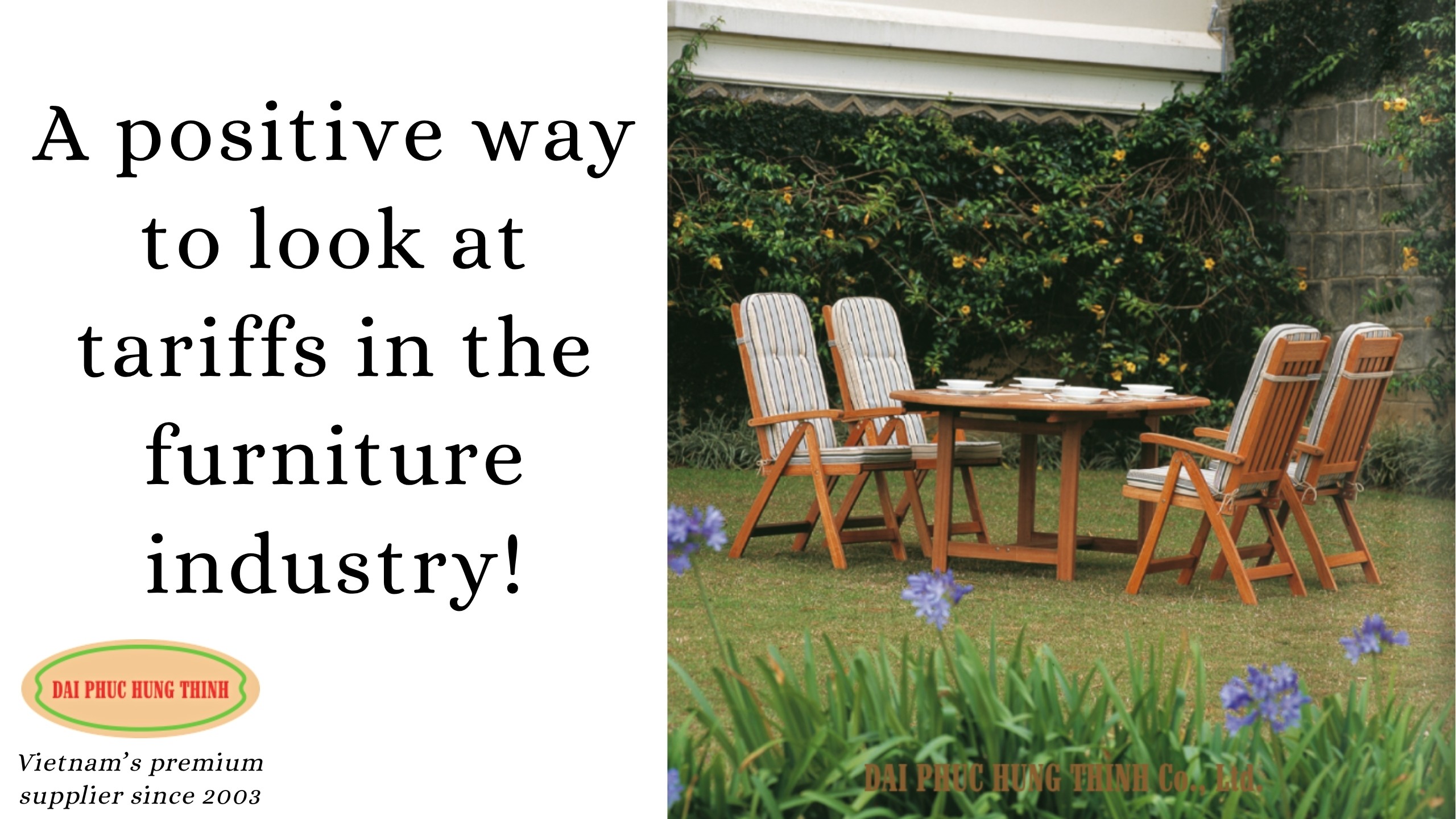If you work in furniture, you’ve likely noticed one topic dominating every conversation: tariffs.
Understandably so. They shape sourcing, pricing, and sentiment across the industry. But amid all the noise about trade barriers and cost hikes, one overlooked reality deserves attention:
Consumers and buyers adapt far faster than policies do.
In the first six months of this year, U.S furniture sales rose over 5% (5.7% to be exact), even while home sales fell by more than 5%.
That divergence is rare. Historically, furniture demand tracks closely with housing turnover.
And yet, here we are...
Despite tariffs, freight volatility, and raw material fluctuations, consumers keep spending — not recklessly, but selectively.
Today, you can still find a solid wood dining set for under $600, nearly the same price point advertised in U.S. department-store catalogs two decades ago — even though labor, freight, and raw material costs have all climbed.
That tells us something: price expectations aren’t static. They’re recalibrated through trust, experience, and perceived value.
Consumers are proving remarkably adaptive. They may hesitate briefly when headlines shift, but they quickly re-anchor around what feels worth paying for. In other words, the conversation isn’t about whether people will spend — it’s about what convinces them to.
And that’s where the next story begins: what buyers are really responding to.
Reading time: less than 2 minutes ⤵️
What Furniture Shoppers Are Really Responding To
As furniture professionals, we know the market moves in waves, freight one season, tariffs the next, currencies after that.
But here’s the paradox: Prices rise, yet perceived value remains constant — or even strengthens — when buyers trust the source.
That’s why some retailers and wholesalers continue to perform well even when costs rise across the board.
Their advantage isn’t price; it’s value stability.
Since our company's establishment in 2003, we’ve seen this pattern repeatedly over the past 2 decades: Whether it was COVID lockdowns, container shortages, or this year’s tariff headlines, the same truth keeps repeating: pricing resets, but reputation and reliability don’t.
Behavioral data from Nielsen and McKinsey shows that 70% of consumers reassess “value” based on emotional trust factors, not pure price. In furniture, that trust is reinforced by tactile cues: how a surface feels, how a chair moves, or how long it lasts.
That’s why perceived value is less about a headline number and more about confidence — confidence in the brand, supplier, and quality behind it.
What This Means for Furniture Buyers Planning 2026
If tariffs are the story of 2025, resilience will be the theme of 2026.
Three takeaways we’re seeing across the market:
1️⃣ Perceived value beats absolute price
Consumers are recalibrating faster than expected. Transparent sourcing stories, FSC-certified materials, and visible craftsmanship justify modest price adjustments.
2️⃣ Predictability has become a selling point
Buyers increasingly prioritize reliability over discounts. Timely communication, shipment consistency, and stable packaging standards carry more weight than 1–2% cost savings.
3️⃣ Diversification is no longer optional
Even if all your products come from one region, balancing order timing, materials, and suppliers protects against volatility far better than any tariff workaround.
Over the past few years, many furniture retailers and wholesalers who diversified part of their production to Vietnam and other Southeast Asian manufacturing hubs have begun to see the benefits — from lower tariff exposure and fewer logistical disruptions to more predictable lead times during global shipping congestion.
These aren’t short-term advantages; they’re structural ones. Supply chains that include Vietnam’s well-established export infrastructure and broad network of FSC-certified factories have proven more resilient against shocks that once stalled entire categories.
Final Thoughts
Tariffs test us, but they also remind us to zoom out — to see not just the price per unit, but the value chain we’ve built over decades.
At Dai Phuc Hung Thinh Furniture, we’ve supplied some of the world's most respected retailers such as JYSK and Segmuller since our founding in 2003, through every freight spike, tariff adjustment, and policy shift, one principle has held true:
Buyers who stay focused on long-term value always outperform those chasing short-term prices.
If you’re planning your Summer 2026 assortment, we’d be glad to share insights on freight timing, FSC-certified material costs, and sourcing flexibility from Vietnam’s leading outdoor furniture hub. Contact us at sales@daiphuchungthinh.com.vn to discuss your needs.


